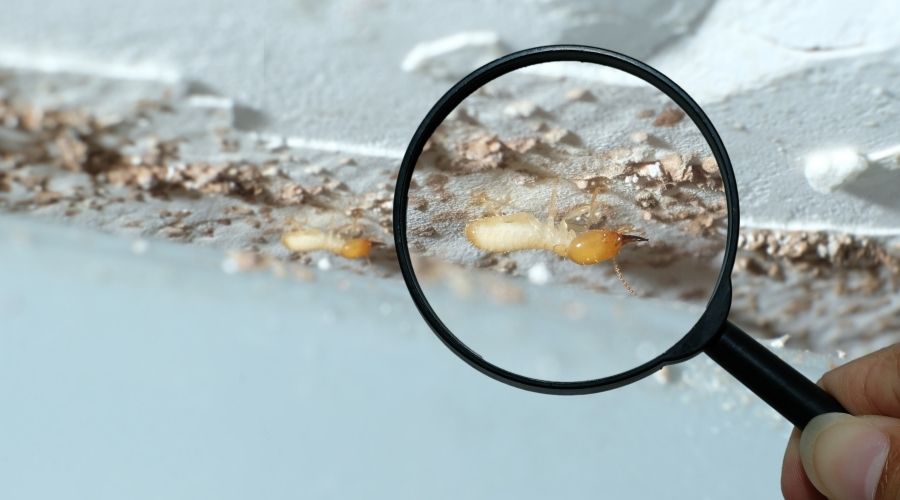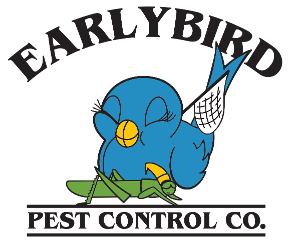How Fast Can Termites Ruin Wood? Termites are very chewy pests that can ruin a building in seconds. They are primarily inhabited in damp areas. They are lovers of wood but can’t chew on any home material. However, not all termites have the same strong bite. There are dry wood termites and subterranean termites with different infestation rates and destruction.
How long does it take for termites to cause damage?
Termites are good at fast digestion with the presence of enzymes, bacteria, and protozoa in their system. This arrangement enables them to digest cellulose which is highly present in woods and plants. The consumption process is slow, making it untraceable at first. However, the slow infestation eventually becomes massive damage to a home.
As earlier mentioned, termites are of different species, and woods are different, which creates a different time frame to consume a structure. Termites have no resting time, consuming wood even during cold weather. The quantity of structure consumed depends on the number of termites in a colony. For instance, subterranean termites have huge colonies, about a million termites. The number is why wood can easily be consumed, not the speed of consumption.
The pest has voracious appetites, but the ability to cause real damage depends on a number of factors such as weather, wood design, location, and so on. A colony that contains 60,000 individual termites can consume a 2×4 piece of wood in 5 months or less. However, this may be insignificant compared to the amount of wood constructed in a structure. The infection is slow and takes time to manifest. They stay in your home and could take years, causing irreparable damages which are costly to fix.
Signs termite damage
There are many things to watch out for in case of suspicious termite infestation. These signs can also help you avoid damage as soon as possible. Here are some signs;
- Mud tubes: termite mud tubes are travel paths for subterranean termites. The route is narrow, small, and close to termites’ nesting place on the exterior part of the structure.
- Floor damage: subterranean termites are also the cause of flood damage. The floor damage usually looks like blisters on the wood.
- Droppings: Drywood and Dampwood termite droppings is a way to detect an infestation. The dropping is the same and looks like coffee grounds or piles of sawdust. They live in damp areas such as the Pacific Coast and sometimes in Florida.
- Evidence of swarms: The presence of silvery wings is another way to know an infestation. These wings can easily be noticed when the termites have relocated to a new destination. This sign is noticeable in all species of a termite swarm.
The damage caused by termites requires a lot of money to repair and maintain. So, it’s preferable to prevent and stop termite infestation before reaching your home. If you are having a problem with deadly termites in your home, don’t waste further time and contact an expert company to handle the situation. The sooner you treat your home, the better the chances of spending less.
More Tips for Homeowners:
-
- 4 Signs You Have Bed Bugs
- How to Get Rid of Cockroaches
- How to Get Rid of Rats
- How Do I Know if I Have a Scorpion Infestation?
- How Do I Know if I Have a Bee or Wasp Nest in My House?
- How Do You Know if You Have Mice or Rats?
- Do I Need a Professional to Remove Tarantulas?
- 5 Ways to Keep Pests out of the Office
- How Ants Ruin your Home
- Can Pests Destroy Stucco?

Recent Comments